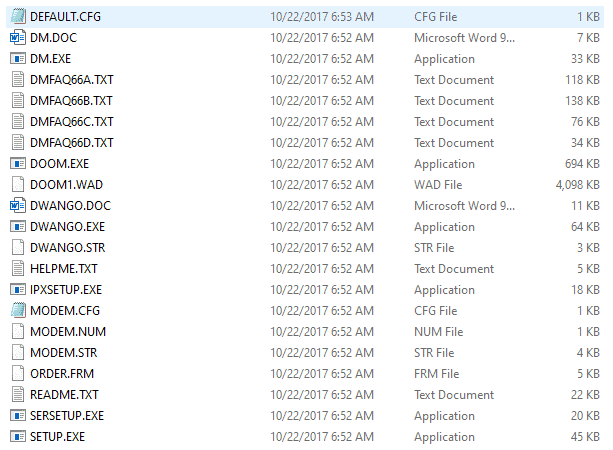


I have used random cylinder numbers without issue however, I would still recommend that you follow what the DOSBox Wiki recommends to ensure that you run into a few problems as possible.

If you used ‘dd’ instead, you can calculate the number of cylinders by multiplying the size of the image in megabytes by 2.03125 (C = S * 2.03125). You will need it for the DOSBox IMGMOUNT command as it requires data about the disk structure. Take note of the number of cylinders from bximage. All you do is run the command in the terminal and accept all of the defaults, but you may, of course, want to change the filename. You can download and install this without having to download Bochs itself. The other program you can use is bximage. To do this, run dd: $ dd if=/dev/zero of=./256MBHDD.img bs=1M count=256 Using ‘dd’ Or ‘bximage’Ī hard drive with a reasonable capacity should be created. The other (which is covered here) is using ‘dd’ and fdisk. The first is using the disk image generator that comes with Bochs PC (bximage) to create the disk image. This step would have to be the most complicated as it involves not only creating the image but also gathering a few details of the image such as disk information.
IMGMOUNT DOSBOX SPECIAL CHARACHTERS HOW TO
This guide continues on from that as it goes through step by step how to properly create a hard disk image, hook it up to DOSBox, and install whichever DOS you want, be it MS-DOS, PC-DOS, or DR-DOS. The previous tutorial demonstrated the simplicity of booting from floppy images and creating other images using the tools provided by Linux.


 0 kommentar(er)
0 kommentar(er)
